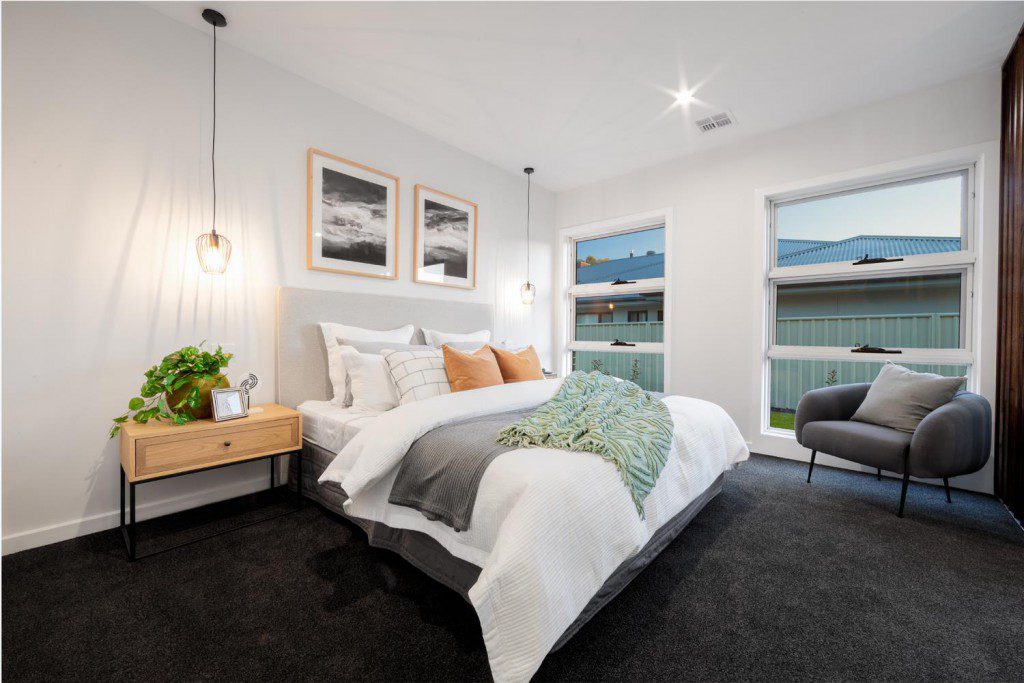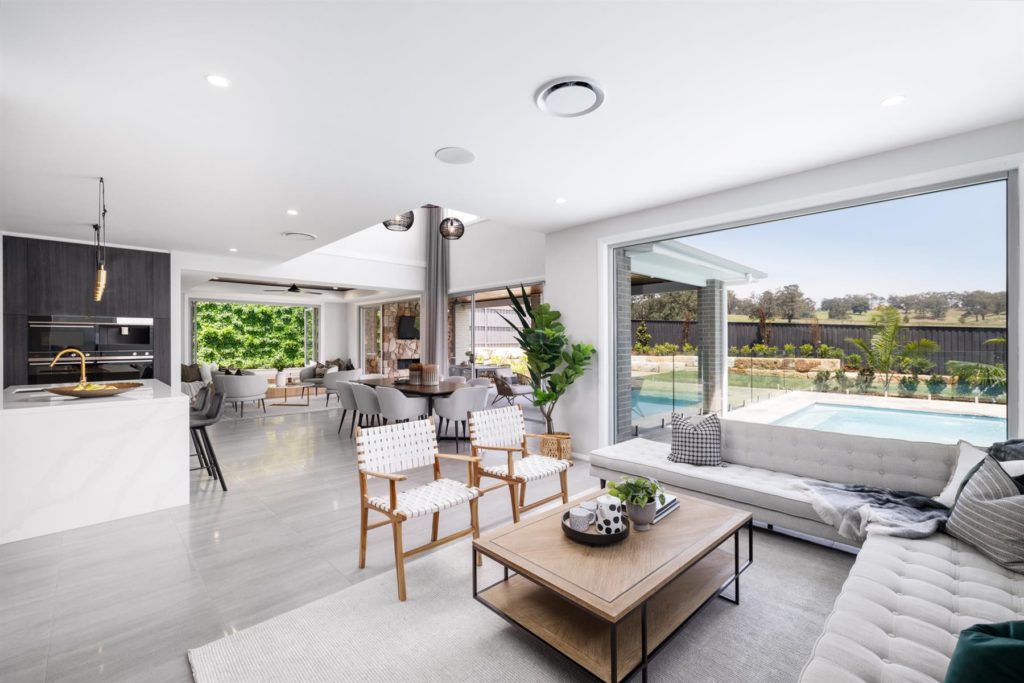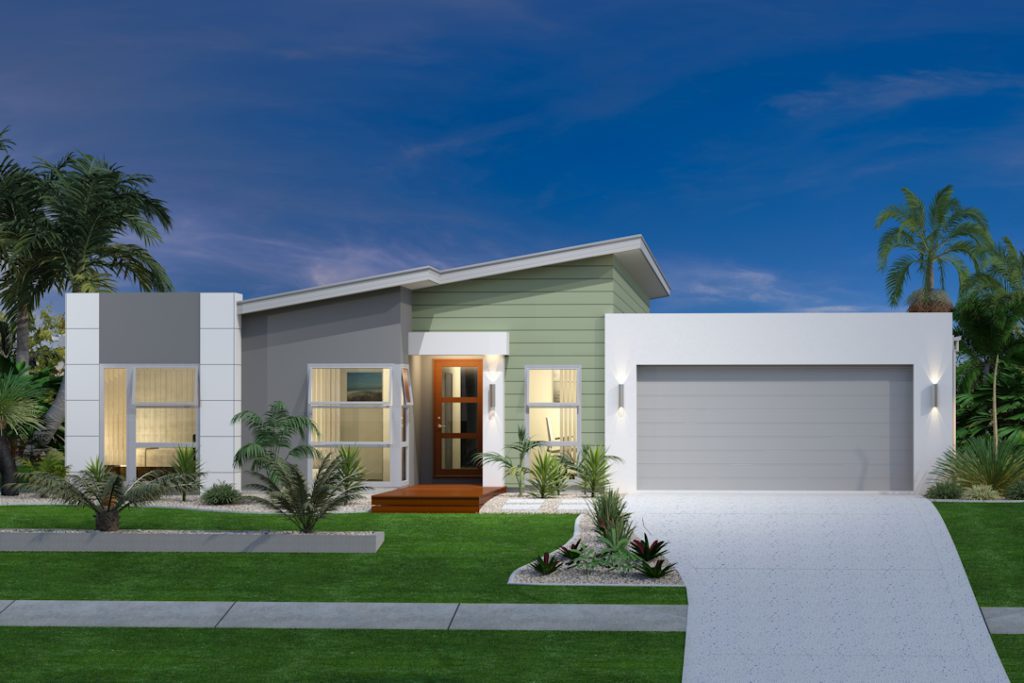Planning your Home
Connecting Indoor and Outdoor Spaces: Styling Tips for Your Home
Considering the societal shift towards spending more and more time in the home, it can be especially important to feel as connected to nature as possible.
Not to mention the gorgeous Australian climate that makes us so inclined to embrace indoor-outdoor living in our homes. This is why so many Australians are looking to blend the lines of their interior and exterior home design.
Exposure to nature is proven to boost our overall wellbeing and happiness, and regardless of whether you live in an urban or regional setting, increasing the number of natural elements and embracing indoor-outdoor living in your home will always have positive impacts on the overall atmosphere and feel of your home design.
Become a plant parent
The most obvious indoor-outdoor living design idea is to invest in a range of living greenery for inside your home.
An indoor plant is one of the easiest ways to bring a natural green to your living space. We recommend using a range of sizes, with many different plant’s options being suited to being indoors in lower levels of direct sunlight.
If you’re feeling a little intimidated by the extra effort, a succulent only requires very little maintenance while still adding life to your home.

Not only do plants help bring the feeling of nature indoors, but they have a proven positive effect on your mental health. Research demonstrates that viewing plants can reduce stress and is scientifically pleasing to the human eye.
Fresh flowers are your friend
Similar to potted plants, flowers are another way to bring nature into your home, and they don’t even have to be a weekly purchase! Orchids, for example, are a semi-permanent installation of flora — if tended to carefully, they will reflower every year.
If you are able to refresh your floral arrangements regularly, we recommend opting for fresh cut flowers en masse to make a statement.
Ensure you choose flowers that reflect the mood in your home as one size doesn’t always fit all. Take styling notes from the existing components of your house and find flora that suits.
The general rule of thumb is that you should match your floral choices to the type of interior you already have.
Ensuring visual cohesion

When you’re designing a new home, you can also take ‘bringing the outside in’ literally and echo the same materials in the interior of your home as you do the exterior. An example is the stone fireplace from the Freshwater Display Home in Sydney’s Northern Beaches.
For an expertly crafted finished house, you should consider how the interior and exterior of the house combine together.
Made from the same material used for the home’s façade, this fireplace makes an incredible statement in the living space, adding architectural interest and connecting the home’s interior to the exterior.
Carrying these similar materials and elements from your outdoor area to your indoor living space will create a harmonious flow and connect the spaces more seamlessly. A decorative example would be to mimic timber detailing for both indoor and outdoor furniture choices.
Using similar colours, materials, and tones inside and out is one of the most effective ways to connect the two living areas. This can be done subtly by using the same-coloured throw cushions on both indoor and outdoor lounge settings or decorating tables with the same style of table settings.
Timber, stone, and concrete are some of the best materials for creating a particularly modern indoor-outdoor living environment. These materials can be easily incorporated into both spaces and can be weatherproofed for the outdoors.
Laying the foundations

What about if you’re building a new home?
There are a few different considerations for those looking for indoor-outdoor living design ideas, with the most obvious being alfresco living. Open-plan spaces with alfresco dining will help you feel closer to your backyard. Not only is this an appealing choice for modern indoor-outdoor flow, but it also provides you with an additional living and entertaining space for your home.
To ensure this flow, make sure you keep the dividing space uncluttered to allow the two areas to feel like one large open space when the exterior doors are open. This means arranging your furniture and decorative elements so they don’t create any visual blocks or obstruct the natural pathway outdoors.
Not only that, but this type of design will also naturally increase the amount of natural light in your home. It really is true that you can’t have too much natural light. After all, you can always add blinds or shades later if you’d like some darkness.
Do this in the home design phase by looking for every opportunity to remove barriers between your home’s interior and the light that hits the exterior of the building. This can be achieved through a clever home design that takes into account your block, geography and surrounding environment.
If you’re looking for some guidance, our G.J. Gardner home builders are experts in modern indoor-outdoor living and are happy to work with you on a home design that fits all of your needs.
Dreaming of a new home that blends indoor and outdoor living? With over 36,000 quality, customised homes built over the past 35 years, we can find the perfect home for your lifestyle. Get in touch with a G.J. consultant today.
